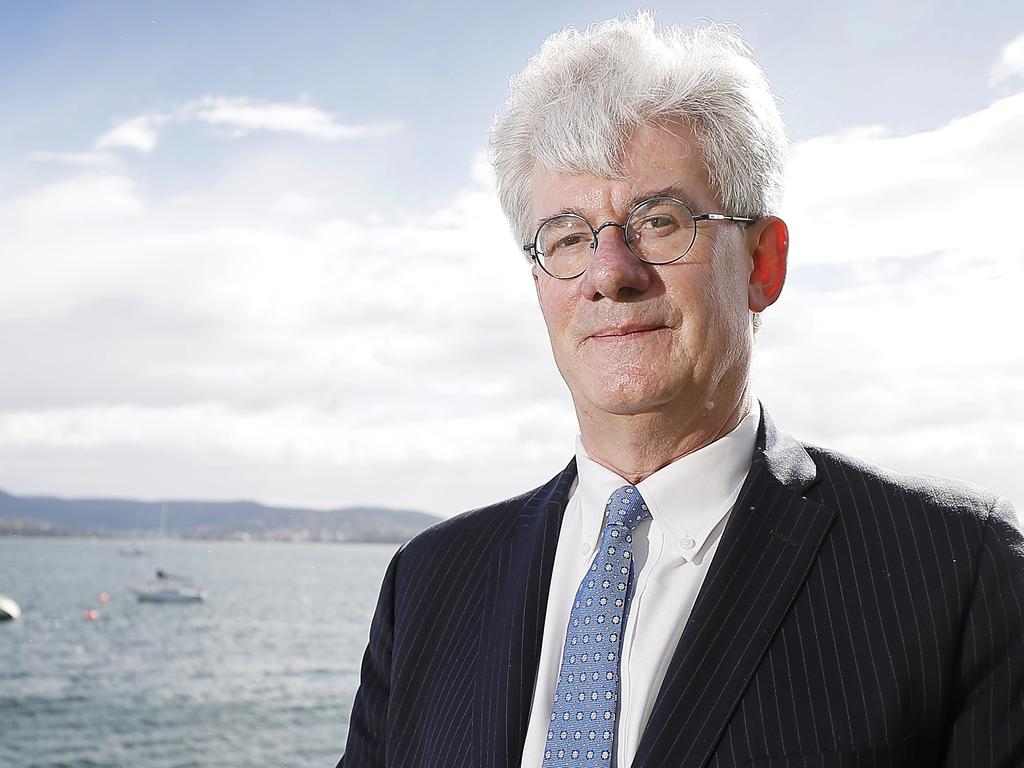ABS May unemployment: Surge in jobless the worst on record
The unemployment rate surged to 7.1 per cent in May as lockdowns saw a further 227,000 workers lose their jobs.

The recession “we shouldn’t have had to have”, according to Scott Morrison, has pushed the unemployment rate above 7 per cent for the first time in 19 years, with the prospect of further increases still to come.
The Prime Minister evoked Paul Keating in parliament yesterday, batting away criticism from Labor that the jump in the unemployment rate to 7.1 per cent in May from 6.4 per cent in April was the government’s fault.
“The recession has been brought about by the coronavirus pandemic. It’s the recession we weren’t going to have and we shouldn’t have had to have,” Mr Morrison said.

The jobless number was a larger increase than the 6.9 per cent economists had expected, prompting a drop in the Australian dollar to about US68.4c, although a relatively slight reduction in hours worked suggested the bulk of the decline in jobs was over.
“The drop in employment, of close to a quarter of a million people, added to the 600,000 in April, bringing the total fall to 835,000 people since March,” said Bjorn Jarvis, head of labour statistics at the Australian Bureau of Statistics.
Since lockdowns took effect in late March, the unemployment rate has increased 1.9 percentage points, the largest increase over two months since monthly records began in 1978, exceeding jumps during the recessions of the early 1980s and 1990s.
“Clearly, the unemployment rate at the moment does not reflect the full horror of the jobs market in this country,” said Labor Treasury spokesman Jim Chalmers, reflecting the concern among economists.
Chris Nicol, an analyst at Morgan Stanley, said the official jobless rate was a “serious underestimate … Including those who have lost their job but were not looking for another, as well as those who were ‘employed’ but worked zero hours in the month, would see the underlying unemployment rate at 14 per cent.”
In late May, 1.64 million people were receiving JobSeeker or youth allowance, and a further 3.5 million were receiving JobKeeper via their employers, adding to confusion about the “real” unemployment rate, given that recipients didn’t need to look for work — which is a requirement of being classified as unemployed.
The official tally of unemployed increased 87,000 to 927,000 over the month, according to the ABS — the highest level since December 1993.
The ABS said total unemployment would have been 1.55 million people and the unemployment rate would have risen to 11.3 per cent had all workers who lost their jobs between March and May been classified as unemployed.
The total number of hours worked fell 0.7 per cent between April and May, a sharp deceleration from the 9.5 per cent fall over the month to March,
“Although it’s early days, there are signs that May will be the worst month for the labour market,” said Sarah Hunter, chief economist at BIS Shrapnel, pointing to rising numbers of job advertisements and a sharp drop in the number of employees who worked no hours.
Gareth Aird, an economist at Commonwealth Bank, said the jobless rate could keep rising even if employment grew strongly as lockdown restrictions eased.

“We expect the participation rate — the share of working-age people in or looking for work — to rise as workers who have lost their jobs start the search for a new job. As a result, the unemployment rate is forecast to continue to rise even though the labour market will be improving,” he said.
Treasury secretary Steven Kennedy this month said the jobless rate would likely rise to about 8 per cent by September.
The ABS estimated 2.3 million people — some 20 per cent of the workforce — were affected by job loss between April and May, or worked fewer hours than usual in May. “Women continued to be more adversely affected by the labour market deterioration than men. Younger workers have also been particularly impacted,” the ABS’s Mr Jarvis said.
The number of female unemployed rose to 425,000, which is the highest level since consistent records began in 1978.




To join the conversation, please log in. Don't have an account? Register
Join the conversation, you are commenting as Logout